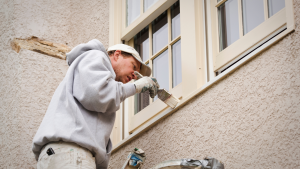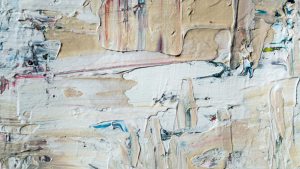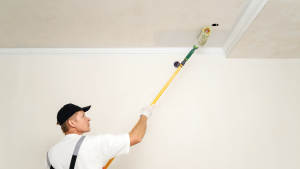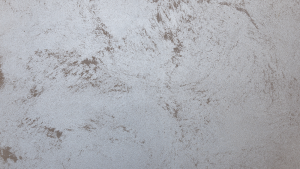A water stain on the ceiling can occur in both new and old homes. There are numerous reasons for this, from a leaking roof to pipes between levels. Whatever the source of the water damage, the result is either a little or huge stain on the ceiling, along with possibly some secondary issues like bubbling and cracking. Even if these blobs of brown color can make your home look worse than you intended, there are still ways to clean and disguise the stains.
Can I Cover a Water Mark on My Ceiling with Paint?
You can conceal a stain, yes, with paint. To prevent the stain from returning and causing further harm, you must first deal with the stain’s source. Paint is a fantastic way to hide a stain after the cause has been taken care of.
How to Remove Water Marks from a Ceiling
You may ensure that you receive the updated appearance you want and stop further harm by following a few essential procedures.
- Determine the origin of the stain
Your broken roof or another significant issue could be to blame for the water stain on your ceiling. Major sources of ceiling stains that require professional assistance include:
- leaking plumbing Examine the various plumbing leak causes so you’ll know where to start when you hire a plumber.
- an ice dam. You’ve probably heard of the danger posed by ice dams if you reside in an area with icy winters. If your ceiling has a stain from water, check your roof to determine if that’s the problem.
- obstructed gutters. Water may overflow from clogged gutters, stain basement ceilings, or have other unfavorable impacts.
After you stop the source of the water in any of these scenarios, it’s a good idea to get in touch with a water damage specialist and obtain any cleanup services required to halt future damage.
- Clean the stain with bleach or another cleaner.
Water stains can result in mold in addition to being unsightly. Make sure the stain is not covered until it has been completely removed. Wipe the stain using a mixture of one part bleach and three parts warm water, or use a cleaner that has already been made. After that, dry the area with a towel and wipe the solution away. To ensure that the ceiling is totally dry, wait a few hours.
- Utilize ceiling primer.
You should apply a primer first, much as when painting a wall. Sherwin William’s offers alternatives like an oil-based ProBlock alkyd primer or a water-based Quick Dry Stain Blocking acrylic primer in cases like this when a ceiling stain needs to be covered. Even after cleaning and painting, an all-purpose primer—which you’re usually used to using indoors—could react visibly with the stain.
- Put Paint Into Place
It’s time to paint over the water spots on the ceiling once your primer has dried. You can now use any latex paint of your choice for the top coat because you utilized an oil-based primer to create the foundation (s). The easiest method to obtain a constant hue in your room is to paint the entire ceiling, despite the fact that it may seem like a daunting task. Since your stain created an inconsistent appearance, you wouldn’t want a freshly painted area to do the same.
Engage the experts
After the water damage has been repaired, painting over water stains can be a labor-intensive operation that calls for a number of phases to produce the desired effects. Call the experts at Bergen Rockland Painters if you’d rather spend your time and effort on other things. Your ceiling may be made to appear its finest. Additionally, we can assist you with any exterior and interior painting projects you may have. Call us at (973) 846-5552 or make an appointment online right now.







